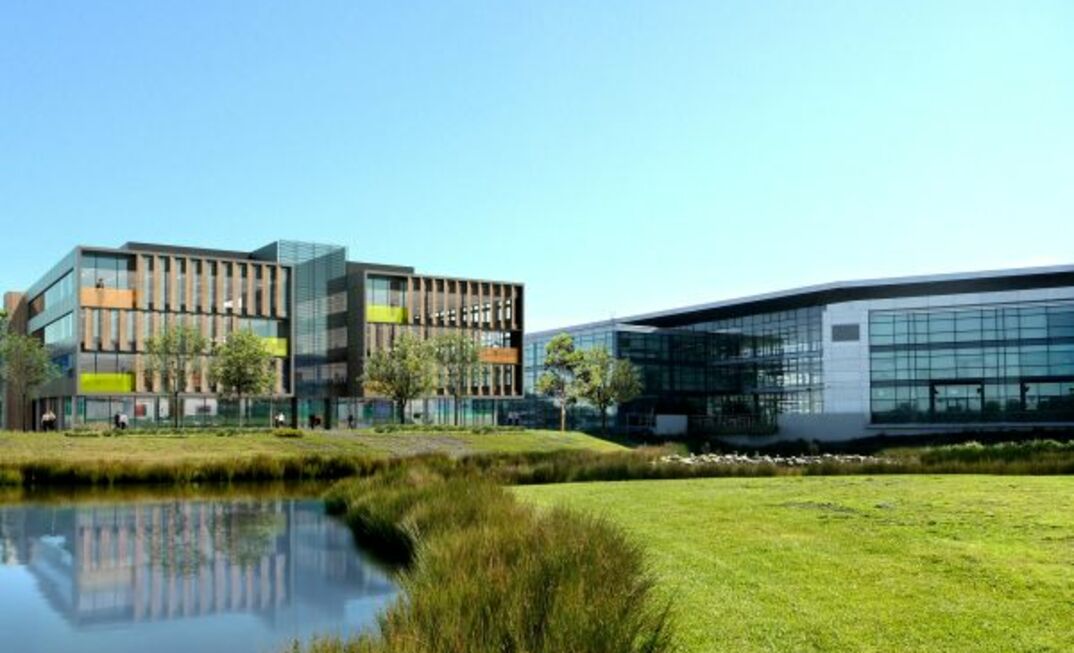The conference – held at the University of Wollongong – was also notable for the mix of academic and mine personnel giving papers that sought to address the current challenges created by recent tragic events in the industry and a recognition that sharing of information is essential to improve industry benchmarks.
“This particular conference is held in the aftermath of difficult times of mine disasters and flooding,” its chairman Naj Aziz said.
“Last year the 10th anniversary of the underground coal operators’ conference was duly celebrated with various high-quality presentations, high delegate participation, high sponsorship and exhibitions.
“It was the year that the world became to be accustomed to online availability of the past conference papers.
Over the past 10 conferences, 332 papers were published in proceedings, and almost all of those were placed online at http://ro.uow.edu.au/coal.
“Since then, from 130 countries there has been more than 85,000 downloads of papers. This is a reflection of the popularity of the conference.
“It is clear that the conference has gained standing worldwide, which is demonstrated by the number of overseas contributors. This conference will enrich the list online by another 51 papers.”
In the very topical area of gas monitoring and control, several speakers addressed strategies and research that have mitigated against accidents and facilitated sustainable mining practices.
Cambridge Claassen from Centennial’s Mandalong mine in NSW said methane from the mine’s gas drainage system and existing pipe arrangement is re-directed to the seals behind the longwall take-off face and injected into the goaf fringe under seam pressure.
The goaf atmosphere is monitored via a tube bundle system and is allowed to enter and exit the explosive range under controlled conditions.
When the tube bundle monitoring shows the goaf atmosphere is inert, final sealing of the goaf is carried out.
“The principal hazard associated with the sealing of a goaf area in a gassy mine is the ignition of an explosive atmosphere resulting in an explosion,” he said.
“To reduce this risk to as low as reasonably possible, numerous controls are implemented.”
Mandalong has successfully utilised this method four times since February 2008.
Longwall 5, Longwall 6, Longwall 7, Longwall 8 and Longwall 9 were sealed in this manner, and it is intended that future longwall goafs be sealed utilising the same methodology.
On a talk about gas content measurement and its relevance to outbursting, Sigra’s managing director Dr Ian Gray examined the measurement of gas content from cuttings as presented in two forms, one involving the recovery of cuttings with air drilling and the second involving the collection of all released gas from the hole during overbalanced drilling.
The latter approach is suitable for not only for coal, but for all gas-bearing formations, including siltstones and sandstones, provided they do not have major open-pore space.
Gray’s presentation also dealt with the importance to outbursting of gas content, broken coal particle size and diffusion coefficient.
“Core gas content measurements can be made more reliable by calculating whether gas loss assumptions are handled properly,” he said.
“It presents a system for finding the gas content of coals by measuring the release of gas from cuttings obtained during air drilling. This has proven to be quite accurate because of the speed with which the cuttings are retrieved, and also the mathematical rigour used to calculate the gas lost from the cuttings between being cut and placed in a canister.
This technique is derived from old technology from Europe and Japan disregarded in Australian coal mining practice.
“Used with the correct analytical techniques, updated instrumentation and modern computer power it can be used to provide all the information to determine outburst risk. The exception being that it does not permit the calculation of strain energy.
“Drilling with air does, however, simulate mining into the coal seam, the results of which can be observed through measurement of the coal and gas volumes produced. Used with the correct analytical process these measurements can be used to produce energy release estimates on outbursting that incorporate such factors as toughness (through particle size), gas content and diffusion coefficient, which are likely to be far more reliable than the blanket process of working off a gas content measurement derived from core.”
University of Wollongong’s Dennis Black outlined actions to improve coal seam gas-drainage performance.
Coal seam gas drainage is affected by many factors which may be generally divided into two groups, geological factors and operational factors.
Studies conducted in the Bulli seam in NSW found geological factors had a dominant impact on coal seam gas drainage while operational factors had a secondary impact, affecting the amount of optimum gas-drainage performance achieved within the limitations imposed by the prevailing geological conditions.
“Various operational factors, which are controllable by the mine operator and which have a significant impact on gas-drainage effectiveness, are presented and recommendations made to improve and optimise gas drainage performance,” he said.
“Where system performance is not continuously monitored, measurement of the pressure, flow rate and gas composition should be recorded at least weekly at each drill site, each panel entry, the entry to the surface gas drainage plant and all other major junctions throughout the network.
“The flow rate and composition of gas from each borehole should also be measured weekly to enable total gas production and quality to be recorded by source as well as identify leakage and changes in system performance.
To support detailed analysis and improved understanding of site specific gas drainage characteristics, Black said water production and applied suction pressure should also be recorded.
























